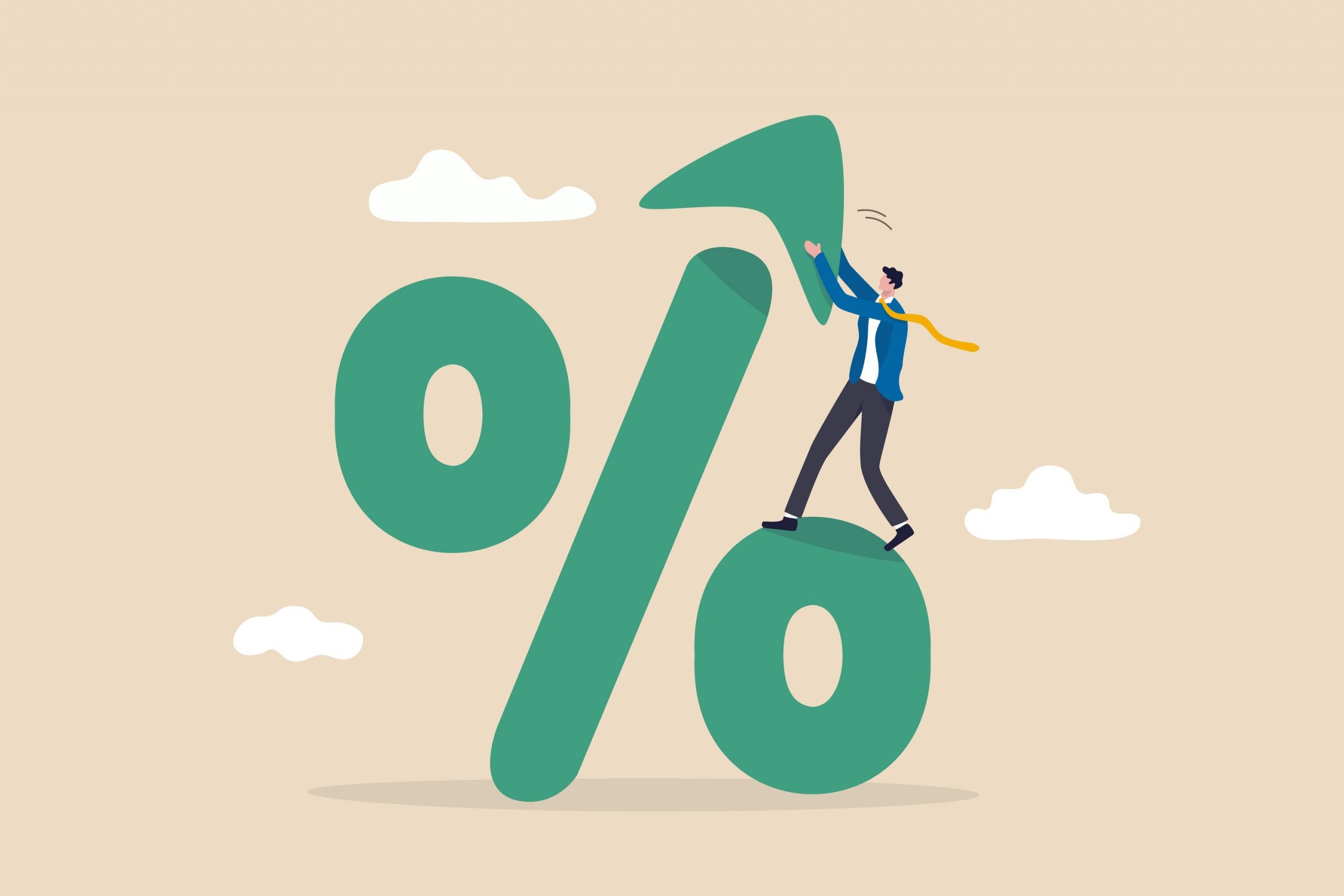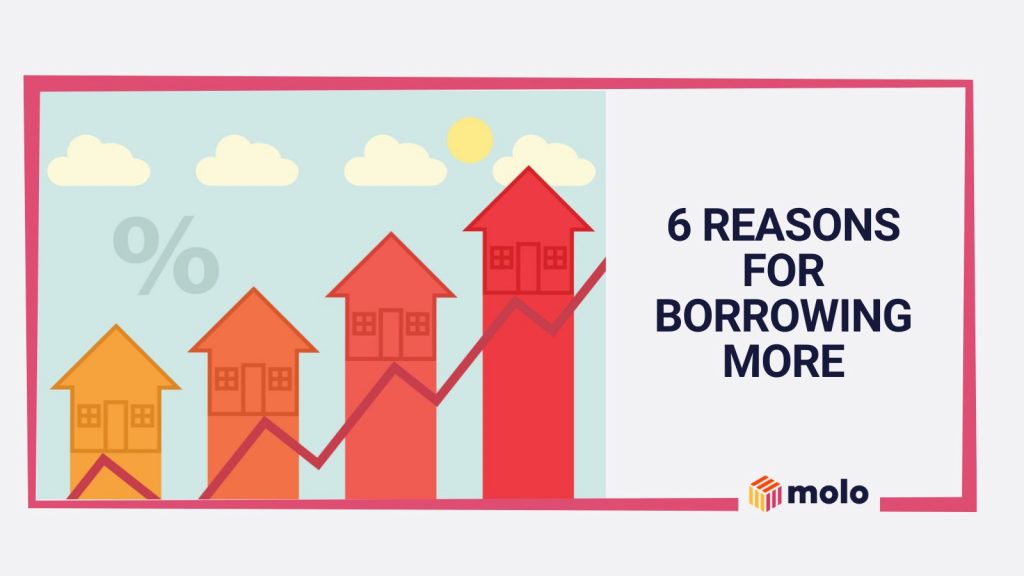Interest rates and mortgages go hand in hand. It’s the same for a remortgage, too, with the interest rate playing a central role in determining your monthly mortgage payments. That’s why it’s important to understand how they work and what to look out for when comparing remortgage deals and their varying interest rates. The good news is that we’ve put this guide together doing just that. So, read on and get the low down on buy-to-let remortgage rates.
How do interest rates work?
Interest rates are the cost of borrowing money or the return on savings. In the UK, the Bank of England sets the base rate and influences the rates banks charge for loans or pay on savings. If you’re borrowing, a higher interest rate means you’ll pay more over the loan’s life. At the same time, if you’re saving, a higher rate will earn you more, which is good news for savers but not so much for borrowers.
Rates fluctuate based on economic conditions – they might rise to curb inflation or fall to stimulate spending. Whether you’re saving, investing or borrowing, understanding interest rates is necessary as they’ll directly impact your financial decisions.
What role do interest rates play in a remortgage?
Buy-to-let remortgage rates play a pivotal role in remortgaging, as they determine the cost of borrowing against your property. When getting a remortgage, you’re essentially replacing your current mortgage with a new one.
A lower interest rate can significantly reduce your monthly payments and the total amount paid over the loan’s term. A higher interest rate, however, is likely to increase these costs and lead to a more expensive mortgage.
Should I only consider the interest rate when remortgaging?
When remortgaging, buy-to-let remortgage rates undoubtedly play a central role, but they shouldn’t be the only consideration. There are other aspects to consider, such as:
- Arrangement fees. Some lenders may offer a low-interest rate but charge high arrangement or booking fees.
- Early repayment charges. If you plan to pay off the mortgage early, consider any penalties that may apply.
- Fixed vs variable rates. Fixed rates mean the interest rate doesn’t change during the initial term, while variable rates fluctuate depending on whether interest rates rise or fall.
- The length of the mortgage can affect the monthly payments and the total amount paid over the life of the loan.
- Consider features like overpayment options, payment holidays or the ability to port the mortgage if you move.
- Research the lender’s reputation and customer service quality, as this can affect your overall experience.
- Overall affordability. Assess the entire package, including interest rates, fees, terms, and features, to determine the true cost and whether it aligns with your financial goals.
There’s also the APR, which stands for Annual Percentage Rate. This combines the interest rate and any fees to show the total yearly cost of the loan as a percentage. You should factor in the APR when deciding if your remortgage options are a good deal.

Subject to receiving all the relevant information and qualifying for an automated property assessment
Remortgage in 24 hours
Molo offers a range of buy-to-let remortgage deals starting from 80% LTV
Do lenders offer different interest rates?
Yes, lenders do offer different interest rates, and these variations can have a substantial impact on the cost of borrowing. Interest rates are influenced by several factors, including the lender’s business model, the type of loan, the borrower’s creditworthiness and market conditions.
Different lenders have unique criteria and risk assessments, leading to variations in the rates they offer. For example, a lender specialising in high-risk loans might charge higher interest rates to compensate for the increased risk, while another lender might offer lower rates to attract a specific customer segment.
The type of loan, such as fixed or variable rate, can also lead to differences in interest rates. Fixed-rate loans can have higher interest rates initially, while variable rates may start lower and fluctuate over time. This isn’t always the case, however.
Furthermore, promotional offers and competition among lenders can lead to temporary differences in interest rates. That’s why borrowers should shop around and compare rates from various lenders to find the best deal.
How do I compare buy-to-let remortgage rates for my remortgage?
Brokers have access to a wide range of lenders and can help you find the best buy-to-let remortgage rates. They understand the market and can tailor their search to your specific needs and financial situation. A broker’s expertise may help save you time and potentially secure a better deal than you might find on your own. Some broker services are free, while others charge a fee. Be sure to check before instructing a broker to help with your remortgage.
Comparison websites are valuable tools for quickly comparing interest rates from various lenders. By entering your details, you can see a range of offers tailored to your circumstances. These sites often include user reviews and additional information to help you make an informed decision.
Approaching lenders directly allows you to ask specific questions about the remortgage products they offer. But with fully digital lenders like Molo, you can enjoy a personalised experience tailored to your remortgaging needs.
Why do interest rates matter to me?
Interest rate changes can have a significant impact on your borrowing costs, especially in the context of buy-to-let interest-only mortgages. Consider a scenario where you have a £150,000 interest-only mortgage that you plan to maintain for 30 years.
At an interest rate of 3%, your monthly interest payment would be £375. Over the course of 30 years, this would amount to £135,000 in interest payments, with the principal of £150,000 still remaining.
Now, imagine if the interest rate were to rise by 1% to 4%. Your monthly interest payment would increase to £500, and the total interest paid over 30 years would jump to £180,000. That’s an additional £45,000 in interest costs due to a 1% increase in the rate.
Interest rates can fluctuate, affecting your monthly payments and the total interest paid over the life of the loan. That’s why some borrowers fix their mortgage rate for a set period of time, so they aren’t impacted by interest rate rises. However, if interest rates drop, they would still pay the higher rate until their initial term ends.
Understanding these dynamics is important for managing your finances and making informed investment decisions. Tools like mortgage calculators can be helpful for visualising how changes in interest rates might affect your monthly payments.
If you’re an investor in the buy-to-let market, being aware of how interest rates can influence your financial commitments is key to successful financial planning.
Final thoughts: compare and contrast
Interest rates aren’t the only deciding factor in your buy-to-let remortgage, but they do play a major role. Having a good grasp on how they work will help you decide on the right remortgage product after comparing the options available on the market.
If you’re looking for a remortgage, Molo offers rapid 24-hour remortgages. You can get a decision within 24 hours and speed up the remortgage process with a fully digital application.
*Subject to receiving all the relevant information and qualifying for an automated property assessment. hours and speed up the remortgage process with a fully digital application.

Subject to receiving all the relevant information and qualifying for an automated property assessment
Remortgage in 24 hours
Molo offers a range of buy-to-let remortgage deals starting from 80% LTV



